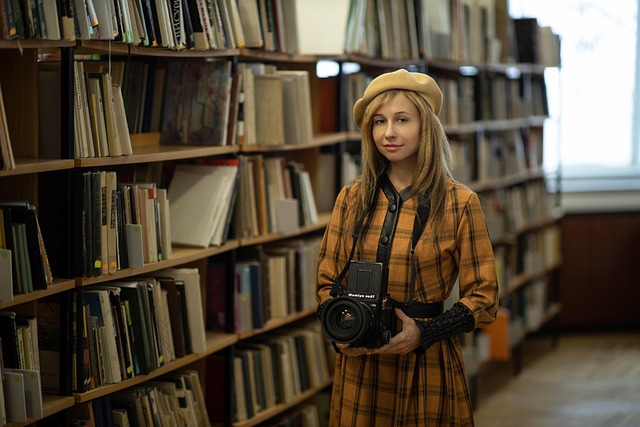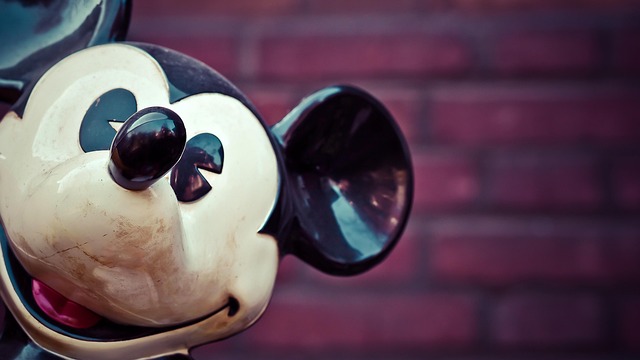When a headline music festival lights up a city, the audience sees only glittering lights, roaring crowds, and sensational performances. Behind that spectacle lies an intricate tapestry woven from dozens of scripts that coordinate every beat, every visual cue, and every safety protocol. The term script here refers not only to the written playbook used by stage managers but also to the technical storyboards, camera angles, and choreographed interactions that make each festival feel cinematic and unforgettable.
The Anatomy of a Festival Script
At its core, a festival script is a living document that balances the creative vision of headliners with the logistical demands of a multi-day event. It begins with a broad narrative arc—introduction, rising action, climax, and resolution—mirroring the structure of a feature film. The first act sets the tone with a grand opening that showcases the festival’s brand. The middle acts interweave different stages, ensuring that the energy never dips. The final act culminates in a shared moment of celebration that unites the entire audience.
- Scripted lighting cues that match the tempo of each performance.
- Pre‑recorded video montages that highlight past festivals.
- Real‑time updates that guide crowd movement between stages.
From Paper to Stage: The Production Pipeline
Once the high-level storyline is locked, a team of producers, stage managers, and technical directors collaborate to translate abstract ideas into concrete actions. This translation phase is where the script becomes a multi‑layered blueprint. Each entry in the script is annotated with time stamps, location coordinates, and responsible personnel.
“Every line in the script is a promise—an agreement that every sensor, every light, and every performer will arrive at the right place at the right moment,” says senior production manager Carlos Mendez, who has overseen festivals with crowds exceeding one hundred thousand.
Visual Storytelling: Cinematic Techniques in Live Settings
In recent years, the line between live performance and cinema has blurred. Festivals now deploy multiple high‑definition cameras that feed into a central control room, capturing the event from angles that rival a movie set. Directors use storyboards, which are essentially extended scripts for each camera shot, to maintain a narrative flow across different stages.
- Dynamic Shot Lists: Each camera crew follows a pre‑printed shot list that outlines when to switch from a wide crowd shot to a close‑up of the artist.
- Real‑Time Editing: Live editing desks use the script as a guide to splice footage into highlight reels streamed to the audience’s mobile devices.
- Post‑Production Synchronization: The raw footage is synced back to the original script, allowing producers to refine future editions.
Sound Design: The Audio Script
Sound is perhaps the most invisible yet critical element of the festival script. Each set is mapped with a detailed audio blueprint that dictates speaker placement, mic levels, and even the moment an artist’s entrance should be underscored by a specific musical motif. These audio scripts are often stored in digital audio workstations and updated on the fly during the show.
“We treat sound as a character that interacts with the crowd,” explains the chief sound engineer for the international festival circuit. “The script helps us choreograph that interaction.”
Safety and Logistics: Scripts That Save Lives
While the creative script fuels the festival’s artistic heartbeat, another script runs parallel—one focused on safety. Fire safety teams, medical staff, and crowd control units all rely on detailed scenario scripts. These documents lay out evacuation routes, emergency communication protocols, and contingency plans for inclement weather.
- Evacuation drills conducted before the festival begins.
- Real‑time alerts embedded in the event’s mobile app.
- Pre‑briefs that train staff on how to respond to sudden incidents.
Community Engagement: Scripts for Interaction
Modern festivals recognize that the audience is not just a passive viewer but an active participant. Scripts for interactive installations, live polls, and social media takeovers are integrated into the overall plan. This approach turns a one‑way performance into a collaborative narrative.
- Interactive light shows where the crowd’s movements influence the visuals.
- Live chat rooms where fans can request songs in real time.
- Fan‑generated content that is curated and broadcast during the climax.
The Role of Technology: From Script to Reality
Technology has become the backbone that turns scripts into seamless spectacles. Advanced projectors, 3D mapping, and augmented reality overlays are scripted into the timeline of the festival. Each tech element has a designated slot, a responsible operator, and a backup plan.
“The script ensures that the tech team knows exactly when to pull the plug, when to switch the feed, and when to trigger a surprise visual,” notes the head of technical design, Maya Li. “Without it, you’re playing a dangerous game of improv.”
Environmental Considerations: Sustainable Scripts
With growing awareness about sustainability, many festivals now write green scripts. These include guidelines for waste segregation, renewable energy use, and carbon offset initiatives. Every stage in the script is checked for its environmental impact, from the sound system’s power draw to the type of stage flooring used.
- Solar‑powered stage rigs that reduce the festival’s carbon footprint.
- Digital ticketing to eliminate paper waste.
- Zero‑waste food stations managed through detailed logistical scripts.
Case Study: The Evolution of a Legendary Festival
Take, for instance, the transformation of a regional concert into an international festival. The original script was simple: a three‑day lineup of local bands on a single stage. Over the years, the script expanded to incorporate multiple stages, a main arena, VIP lounges, and even an underground cinema zone. Each addition required a meticulous rewrite of the script, ensuring coherence across all venues.
“Every new element added to the festival is written as if it were a new chapter in a book,” explains the festival’s creative director. “The script keeps the narrative consistent, regardless of how complex the production becomes.”
Future Trends: AI and Machine Learning in Script Development
Artificial intelligence is beginning to influence how festival scripts are written. Algorithms analyze past attendance data, social media sentiment, and weather patterns to predict the optimal placement of stages and the ideal sequence of acts. These predictive scripts allow organizers to maximize audience engagement and minimize logistical hiccups.
- AI‑driven scheduling tools that recommend the best set times for each artist.
- Predictive crowd movement models that adjust security deployments in real time.
- Machine learning‑generated visual scripts that adapt to live audience reactions.
Conclusion: The Script as the Silent Maestro
In the grand theater of a music festival, the script is the unseen conductor that orchestrates light, sound, movement, and emotion. It is the backbone that holds together a thousand moving parts—artists, technicians, security, and the crowd—into a single, harmonious experience. As technology evolves, the script’s role will only deepen, but its core purpose remains unchanged: to transform a chaotic assembly of people and equipment into a unified narrative that resonates long after the last encore fades.



